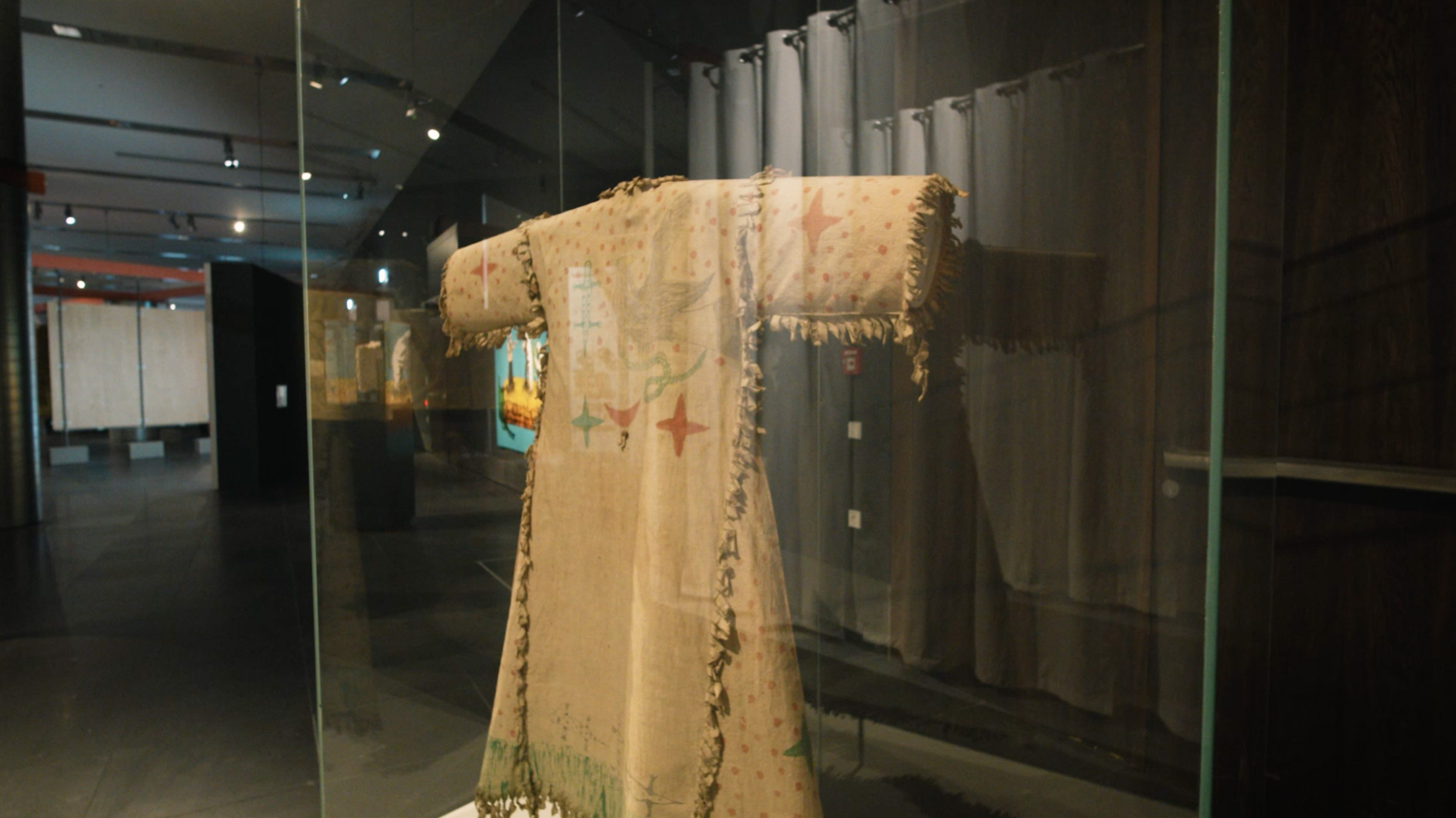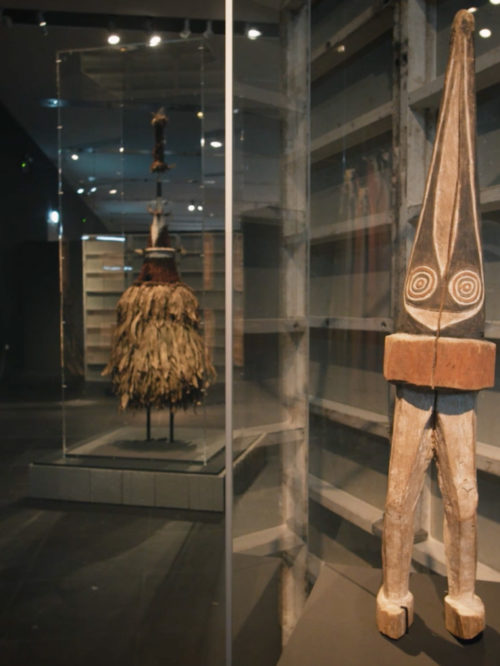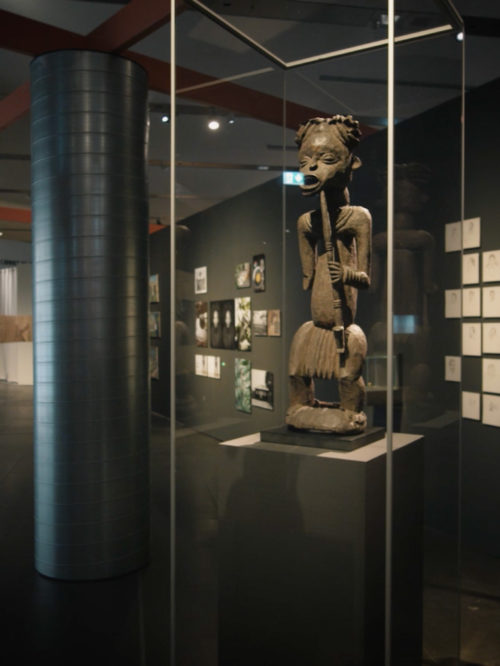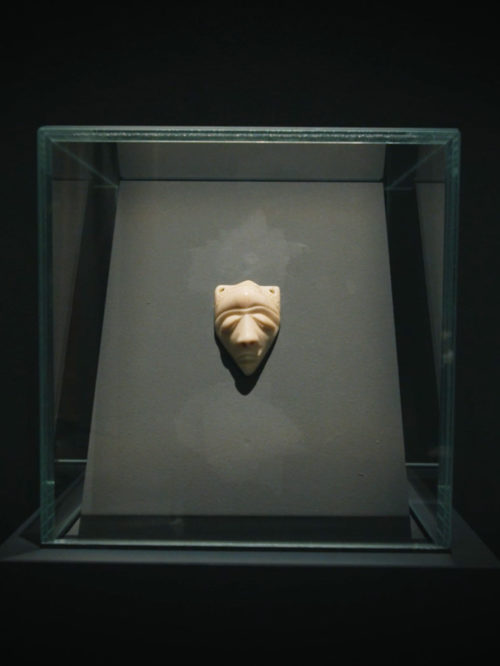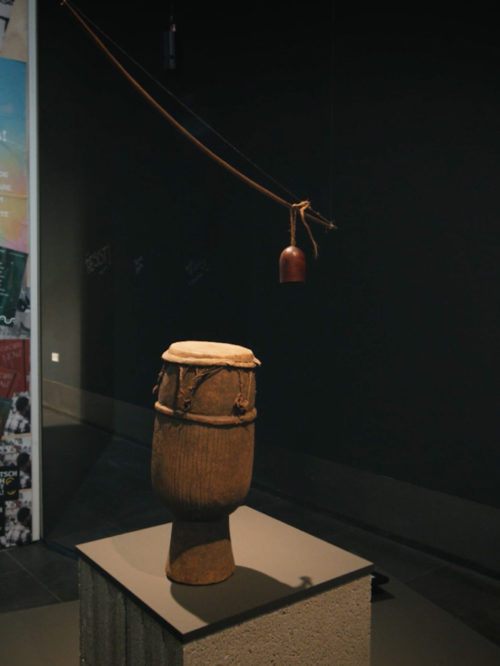The Ghost Dance – Remembering Wounded Knee
In the late 19th century, the indigenous population of North America, who were forbidden to practise their own religion and language, experienced a serious existential crisis. The almost complete extinction of the bison, the reduction in size of the reserves due to the spread of European settlers, the dependence on food allocations by the US state, as well as epidemics caused famine and resulted in numerous deaths. When at this time the Paiute prophet Wovoka (around 1856–1932) started a largely peaceful political and religious movement, it spread rapidly in the reserves. This so-called Ghost Dance movement promised the beginning of a new era and the restoration of the old way of life with the return of the bison in peace and freedom. A trance-like dance around a sacred tree or pole with chants was supposed to heal the conditions and establish a connection with the spirit world. The US government tried to suppress this movement in the Lakota Reserves because it suspected that a mass uprising was imminent. After the killing of the leader TȟatȟáŋkaÍyotake/Sitting Bull (around 1831–1890), the US army pursued the fleeing members of the movement to Wounded Knee in the Pine Ridge Reservation in South Dakota, where it massacred about 150 – 300 men, women and children on 29 December 1890. This massacre ended the Ghost Dance among the Lakota, which later also disappeared on the other reservations. To this day a memorial service is held every year with a march to Pine Ridge. The Ghost Dance garments worn by the followers of the movement, which were supposed to make the Lakota invulnerable, are rarely shown anymore because of the tragic circumstances. Only a few indigenous people consciously incorporate the depictions of garments and their motifs into their artwork.
Author not documented
Ghost Dance Garment
Lakota or Blackfoot, Plains, USA, end of the 19th century
Cotton, feathers
RJM Collection 49690
Probably a member of the Ghost Dance movement painted the cotton garment after a spiritual vision with sky symbols, red dots, grass (?), twigs, lizards and a bird with a snake. Although the motifs are related to the beginning of a new life and illustrate the dreams and goals of the movement, they also have a personal meaning.
→welt.de
→spiegel.de
Author: Dr. Stefanie Teufel, RJM


